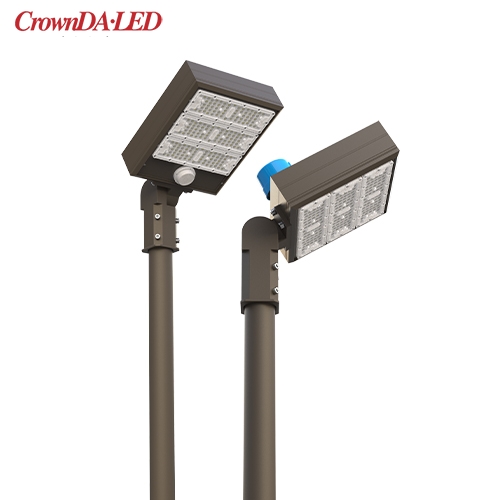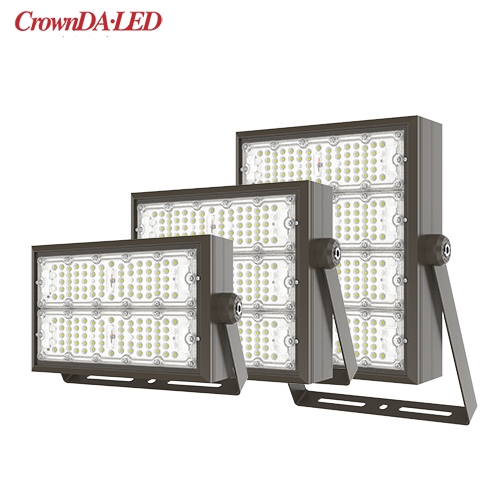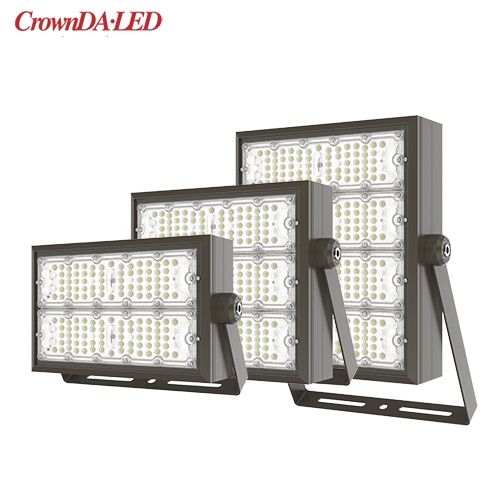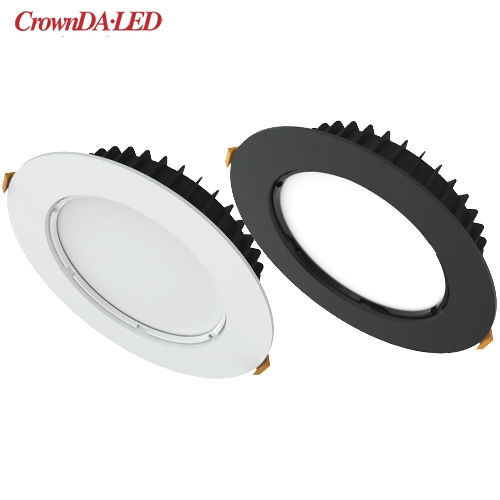Human-centric lighting moves closer to the integrated future
Views : 973
Author : Shenzhen Crown Lighting
Update time : 2021-06-15 10:39:02
The design illustrates the wonderful balance of daylight and electric light. The light layer is clear; CCT, led lamp position and light level are all coordinated; skylights and windows are almost regarded as additional lamps; and there is no glare at all. This can be seen as an example of excellent design and integrated lighting, in which beauty, health, comfort and efficiency have been achieved without compromise. Lighting design: Randall Whitehead, interior design: Kristi Will Home + Design. (Photo credit: Image by Dennis Anderson, courtesy of Randall Whitehead.)
Many years ago, human-centered lighting is confusing because it violates an effective rule of branding-positioning. "Repositioning" competition is a classic and very effective positioning strategy, but what exactly is the competition? What is non-human-centered lighting? It turns out that the history of human-centered lighting is much longer and more complicated. For better or worse, people-centered lighting has become popular, and we will stick to it until we accept a better term.
Fortunately, there is one available. In particular, Dr. Houser eloquently explained the evolution of the term human-centered lighting in an article in Leukos and Lighting Research and Technology for the Society of Light and Lighting and Frontiers in Neurology. He believes that "integrated lighting" is a more appropriate term to describe what we need to visualize and achieve when we use light in a built environment. Speaker Robert Soler published a new paper on "bio-related" lighting in Frontiers in Neuroscience, which weighed human-centered lighting. Many people are beginning to see the way forward in more concrete ways of using operational design concepts.
Since the discussion, led lights manufacturers and regulators have been reluctant to accept the surge in health claims wholeheartedly. Standards organizations have only recently begun to address this issue, but usually they have not reached agreement on all aspects. Lighting professionals are mainly trained by engineers and designers, not neurobiologists. Despite this shortcoming, they usually prove to be curious and eager to understand the inner workings of the eyes and brain. But a recent research project I conducted for manufacturers and leading specification makers showed that there is widespread concern about responsibilities that affect health and productivity. One of my subjects even said: "...We are not doctors-we don't want to take risks..." Cost and complexity issues are widespread-although there is a lot of interest and consensus on the advisability of circadian lighting, but Few companies are specifying and installing it. There are technical problems in controlling and determining the appropriate light levels and CCT.
There is also a general credibility issue. The word "snake oil" often appears in discussions about human-centered lighting, and the latest word I like is "healthy wash." People may ask, as long as it doesn't hurt anyone, what is the harm in believing in the light of "sleepy babies". Having said that, we know that most of the lighting we encounter in the built environment every day has problems.
Integrated lighting makes design a necessary element for building better buildings, not just technology. As Nancy Clanton said in a conversation earlier this week, “Electric lights can’t do all this.” Although manufacturers may advertise their ability to replicate sunlight perfectly, if we seek simple The lighting industry will find love in the wrong place by taking the burden of complex design problems with its technical solutions. Integrated lighting takes into account the rich history of architectural solutions
Related products

ARQ Series Shoebox LED lights, UL DLC listed, 100W-400W, 5-10 Years Warranty, 100-480VAC, 140-200lm/W
► UL/cUL/SAA/FCC/CE/Rohs Approval
► DLC 5.1 Premium
► Photocell, Daylight harvest, Microwave Sensor, 0-10V Dim Optional
► Multi-Voltage: 100-277V/100-347V/480Vac
► 100W-400W, 140-200 lm/W
► IP66, 5-10 years warranty
Subscribe
We will share with you our latest product info or LED industy info. Thanks.




